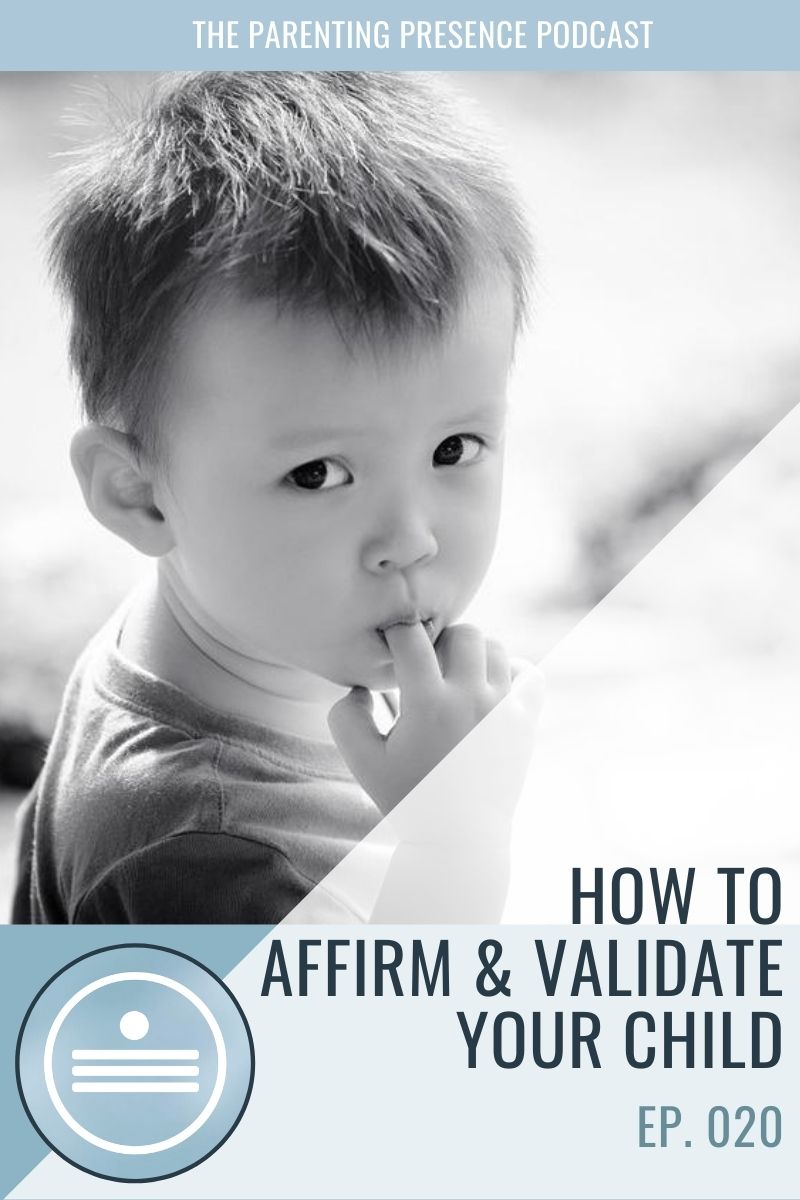
Being acknowledged and validated is such a reaffirming and deeply positive experience. Learn how to validate your child’s feelings, and both of you will feel the difference!
To validate is to justify. When we validate, we show deep respect for another person and their experience. If you have felt this before, you know how important it is for our mental health — feeling good, accepted, and recognized. Validation and acknowledgement give us these feelings. It is empowering and supportive, and is critical to our wellbeing.
And, it is just as significant for our children.
When we validate our children, not only do they get to feel this way too, but it actually goes deeper than that. Validation and acknowledgement shapes their psychological boundaries, their Sense of Self, and their Self-Esteem.
Even when we understand how important validation is, the problem we face is that we don’t quite know how to do it. Unless, we have experienced it before, we may not have enough role models to emulate.
Examples might be helpful, right?
I think so too, and so I made this PDF guide for you (see below). In it, you will find many examples on how to offer acknowledgement and validation. And I also show you what the opposite of that — what a dismissive response may sound like (even when it is well intended).
How To Validate Your Child
To get the guide, enter your name and email, and the PDF will be sent to you.
Validating your child will not only help them. It will also make YOU feel really good.
Try it and see!
It takes practice to learn to validate and acknowledge the child.
There are a number of reasons why it may not be easy. Besides, not having enough practice or not knowing how to, we may also believe that by validating and acknowledging something for the child, we invalidate ourselves (which is not true).
It can be especially hard to stay with the child’s experience and validate them, when we see that by correcting the child’s perspective, we would make them feel better. It is unlikely that the child will be able to hear us, unless we first hear them. And it is unlikely that they will be able to process new information, until they process their current experience.
How to validate and acknowledge the child
When we validate the child and their feelings, our goal is to communicate the following three things:
a) we hear and see them
b) we understand that they have a point of view, their perspective, and
c) their feelings and thoughts are justified given their perspective
This may sound complicated and time consuming, but it actually is pretty simple. And the guide is here to help. By reading a few examples in a row, you can detect the pattern of a supportive and affirming response. Before you know it, you will be able to do it.
Get the guide to see how it is done!
